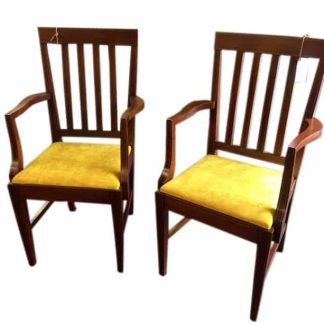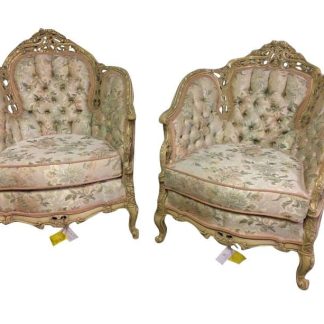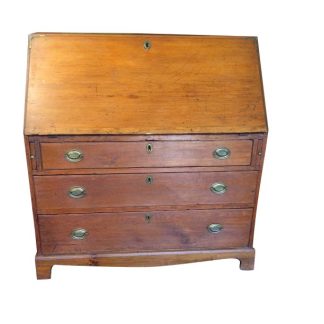Description
Antique Engraving
This is a beautiful antique engraving on paper made from a copper plate of Italian artist Raphaello Morghen (1758-1833) (Rafael Morghen, Raffaello Morghen). Regia Caleografia di Roma produced this antique engraving entitled, “Diana and her Nymphs” after the artist’s death in circa 1870. Thus, we see the stamp with the company’s insignia in the left corner of the engraving. Regia Caleografia di Roma reproduced multiple fine engravings from the original copper plates of masters from the years of 1870 to 1945.
Raphaello Morghen’s engraving is a study of an earlier work by Domenico Zampieri, more commonly known as Domenichino. Domenichino achieved great success among artists of his time for his frescoes and paintings in Rome and Naples. This particular work by Raphaello Morghen copies Domenichino’s “Diana with Nymphs at Play” (1616-1617). Today, the Galleria Borghese in Rome displays Domenichino’s work.
Diana and her Nymphs
The scene is complex. However, the antique engraving by Raphaello Morghen brings to life the Baroque painter’s masterful figures and amazing story.
To the left center of the painting we see the main protagonist, Diana with her half moon crown and bow and arrow. Of course, these accessories symbolize the Goddess of the moon, the night and the hunt. With her arms outstretched, Diana watches her Nymphs, who are partaking in a riveting game. One Nymph holds a pole dangling prizes: sandals, ribbons and a horn. The other nymphs have bows and arrows and we see them aiming at a target.
However, the target has been shot! We see a dangling bird tied to a pole that has been shot both in the head and in the rope that secured it! More figures add to the excitement. A woman attempts to restrain her hound, who leaps in the air with mouth open towards the bird. The joyful game of hunt has lots of action.
However, the hound and his excited movement brings to life another important part of the scene. The pointed nose of the hound throws the viewer’s eye to another less immediately noticeable scene: two male faces hidden in the bushes, one with a finger pressed to his lips.
These two men are not gazing at the game, but rather the two bathing Nymphs in the foreground. It is there that Domenichino and Morghen recall the early Latin story of Ovid in “Metamorphosis,” Diana and Actaeon.
Diana and Actaeon
The classic story is summarized as follows:
Diana and her nymphs are bathing in a stream. The mortal Actaeon stumbles upon her and gazes at her nudity. The nymphs scream and attempt to cover Diana (known also for her chastity) from view and Diana in a fit of fury splashes water into his eyes.
She turns the mortal into a deer with a speckled hide and long antlers forever, robbing him of his humanity and ability to speak. Actaeon as a deer scampers away, only to be found later by his own hunting dogs. Then, the dogs rip the deer apart and kill him.
Interpretation of the Art
The modern art historian Paul Barolsky makes sense of these visual allusions to Ovid’s work in his article “Domenichino’s ‘Diana’ and the Art of Seeing.” Barolsky writes,
“Domenichino does not literally picture the conventional tale of Diana seen bathing by Actaeon according to the story told by Ovid. Rather, in a variation on the theme, the artist metamorphosis the familiar myth into his own story. The painting also evokes Actaeon’s transformation into a stag and the death by his own hounds– hounds like the dog in the foreground, straining both in the direction of Actaeon, and, no less suggestively, in the direction of the slaughtered deer in the distance.” (Source: Notes in the History of Art 14, no. 1 [Fall 1994]: 18-20.)
Barolsky goes on to argue that Domenichino’s painting does more than remind the viewer of Ovid’s story. Indeed, the artist directly involves the viewer in the drama. The nude figure in the foreground is contorted towards the viewer and, albeit innocently, makes direct eye contact with us. We are the ones caught gazing!
Barolsky writes, “The beautiful body of the exposed nymph is so immediately projected towards the viewer-voyeur, ourselves, that we necessarily discover our own implication in the narrative, for we become conscious that in gazing upon Diana’s invitingly nude nymph, we assume a role like that of Actaeon himself.”
Raphaello Morghen & Diana
In this brilliant contortion of the original narrative, Domenichino and Raphaello Morghen involve us in the painting. In this way, they warn us of the consequence of our lustful eyes! The cyclical format of the work leads us inevitably to the consequence of the slaughtered deer in the background, a reminder of the fate of Actaeon.
In Morghen’s antique engraving, we see impressive technical skill in reproducing Domenichino’s painting. The figures have vivid expressions and details. Of course, the artist’s masterful use of the chisel to the copper plate makes this feat even more remarkable.
Raphaello Morghen captures the sensuality of the nudes, the action of the game of hunt, and even the foliage of the original painting beautifully. Indeed, it seems no detail, from the reflective water of the pool to the muscles of the excited dog is left out.
In some respect, Morghen’s version of Diana is more beautiful in its meticulous use of line and grey-scale than the original. Morghen’s talent as an artist is truly on display in this engraving. Obviously, the delightful subject matter makes the antique engraving all the more engaging.
This antique engraving includes an exquisite burl walnut and red velvet Victorian frame. The frame beautifully enhances this playful scene from Antiquity. Of course, it also ensures this engraving is protected. We hope that our clients enjoy this whimsical and beautiful engraving for years to come.
Antique Art at Bohemians
We invite our clients to inspect this work in person. Of course, we can meet with you throughout the week. However, since we are not open to the public, we ask that you contact us.
Additionally, we offer delivery. We take great care in delivering our antique artwork. However, we cannot ship internationally. On that note, please contact us if you live very far from our location. Most likely, we can ship this piece via Fedex shipping. In other words, we aim to please.




